|
|
|
Courtsweb III: A Visual Description of Federal Courthouses |
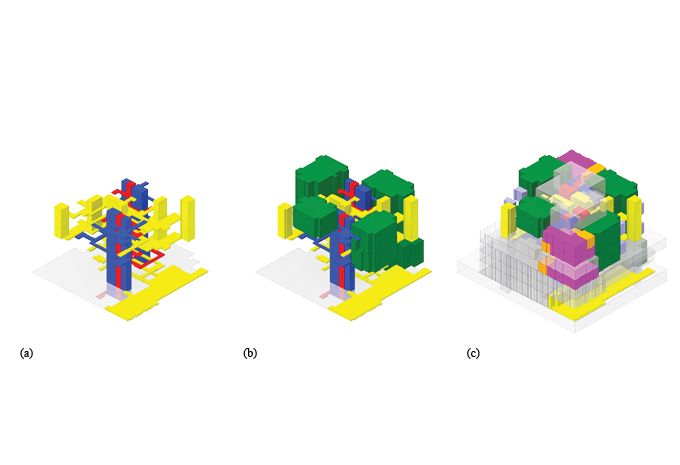
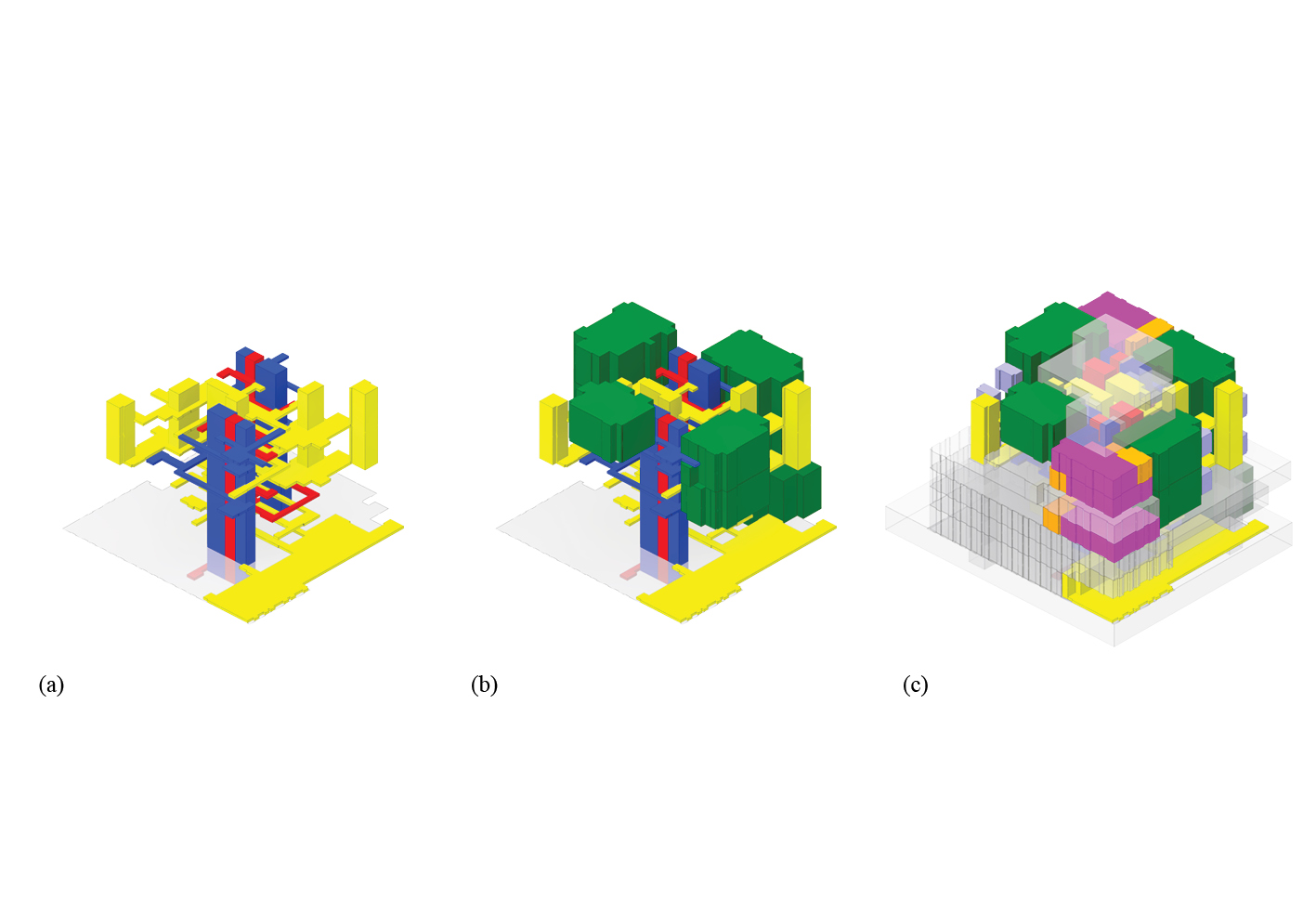
01. Three-dimensional diagrammatic models of Austin United States Courthouse (Austin, TX): (a) three circulation networks; (a) three-circulation networks and courtrooms; and (c) three circulation networks, courtrooms and all other functional spaces
|
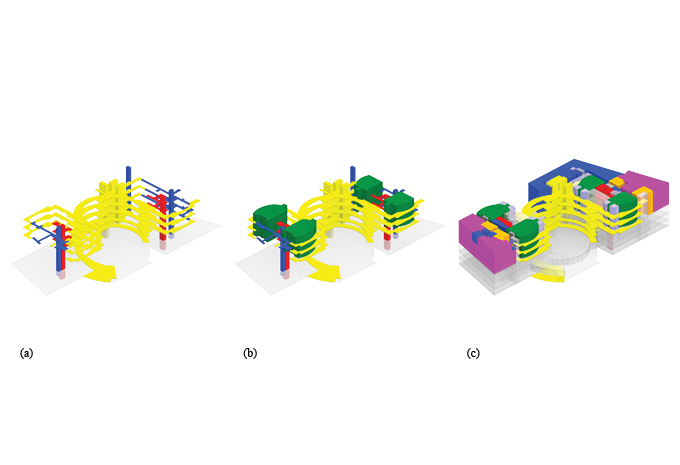
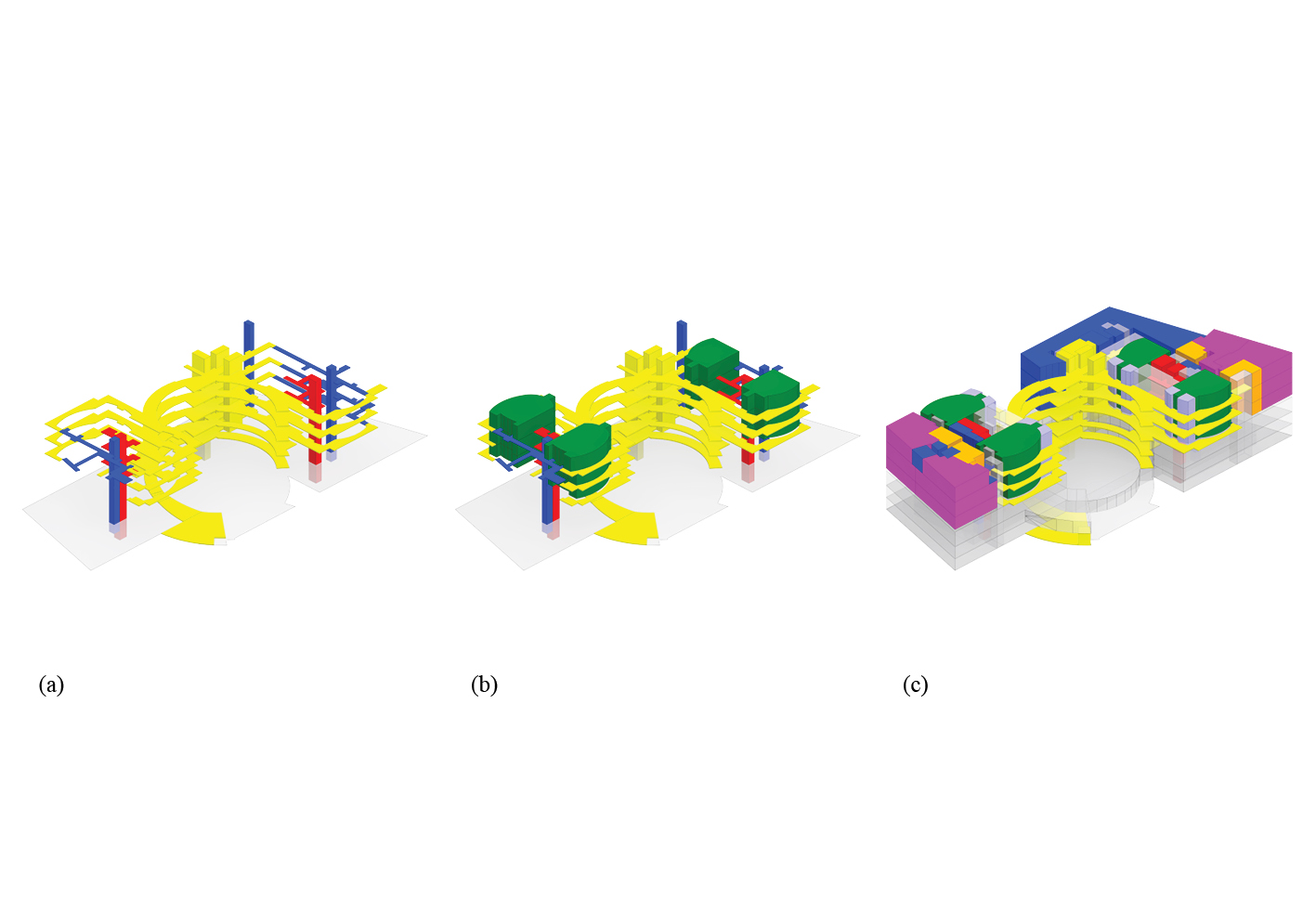
02. Three-dimensional diagrammatic models of Jackson United States Courthouse (Jackson, MS): (a) three circulation networks; (a) three-circulation networks and courtrooms; and (c) three circulation networks, courtrooms and all other functional spaces
|
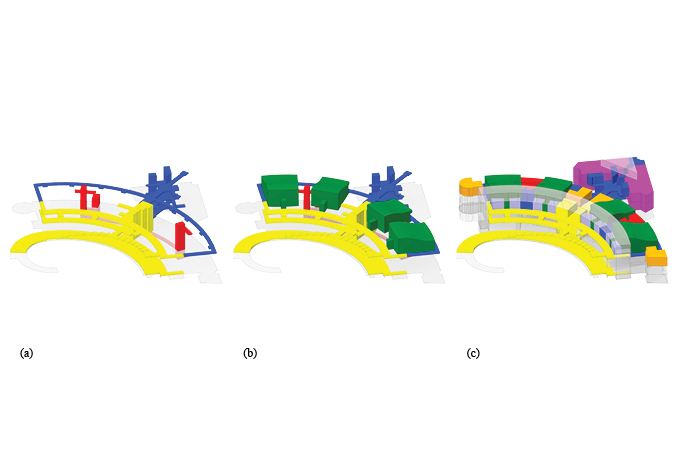
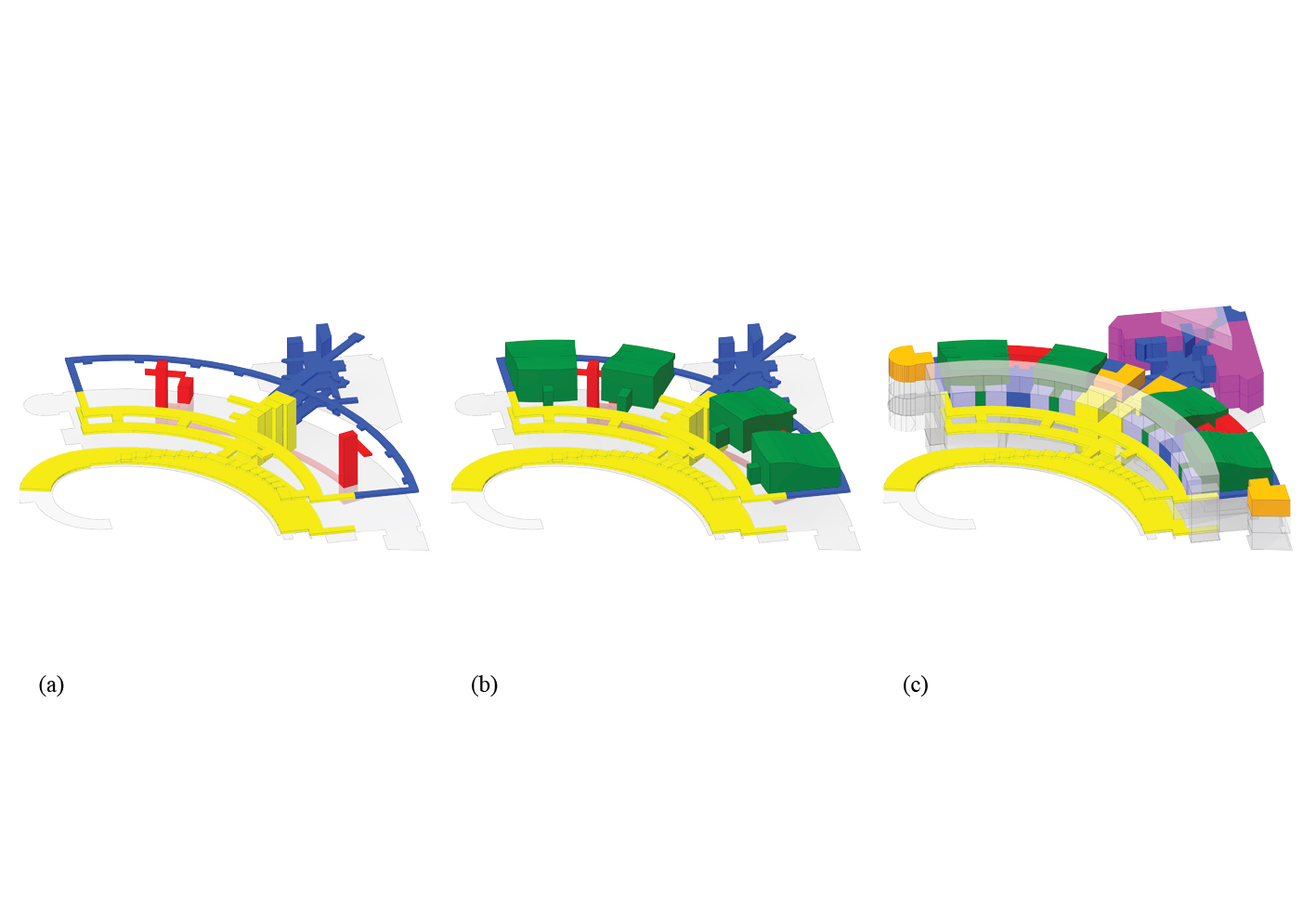
03. Three-dimensional diagrammatic models of Springfield United States Courthouse (Springfield, MA): (a) three circulation networks; (a) three-circulation networks and courtrooms; and (c) three circulation networks, courtrooms and all other functional spaces
|
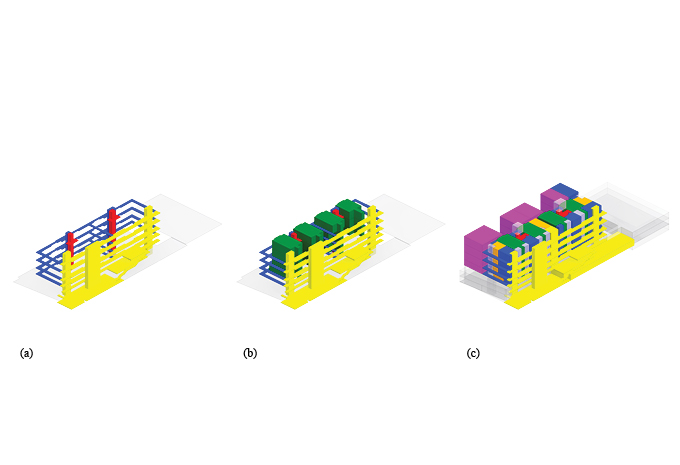
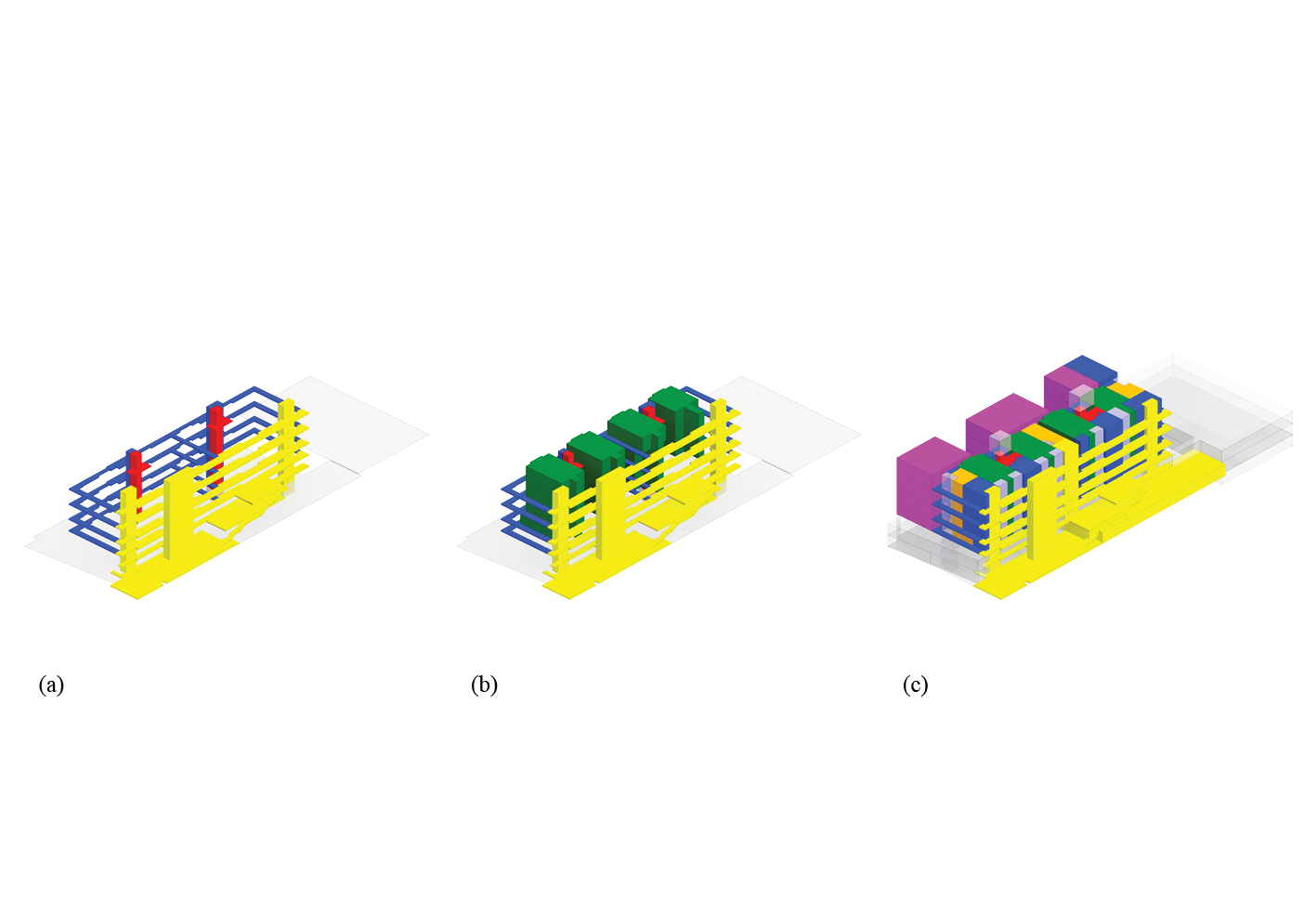
04. Three-dimensional diagrammatic models of Orlando United States Courthouse (Orlando, FL): (a) three circulation networks; (a) three-circulation networks and courtrooms; and (c) three circulation networks, courtrooms and all other functional spaces
|
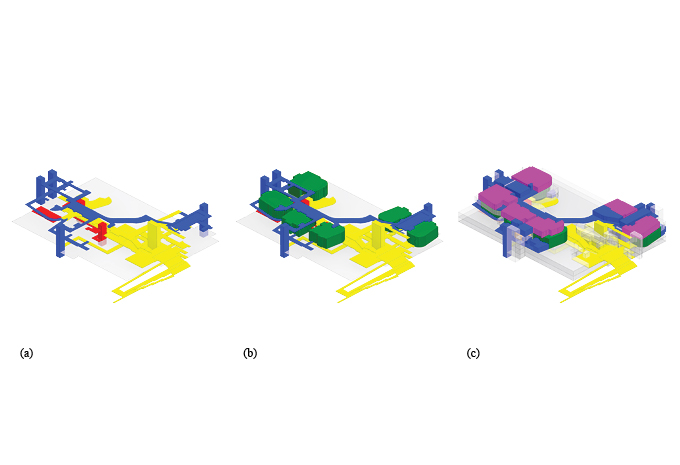
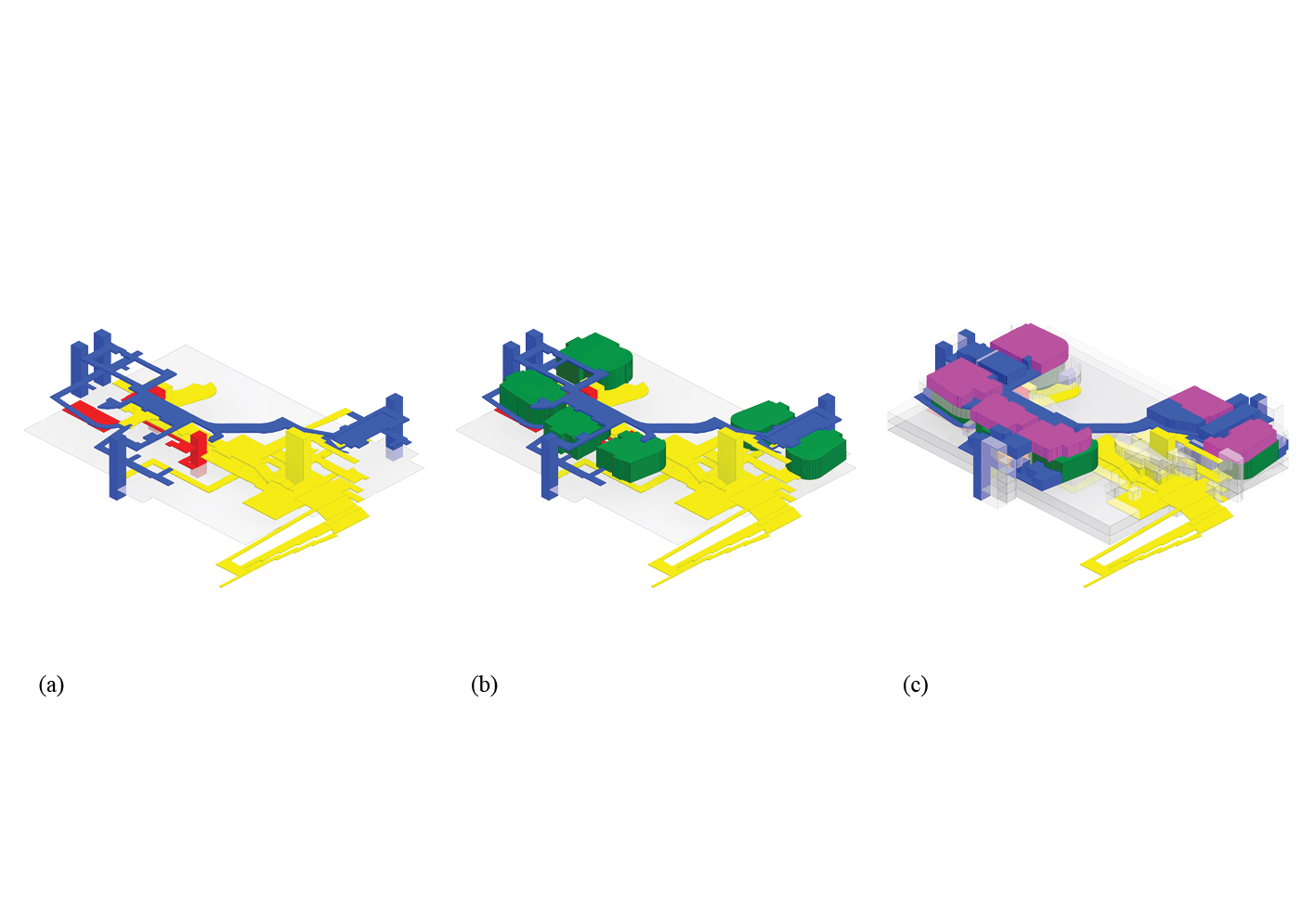
05. Three-dimensional diagrammatic models of Wayne Lyman Morse United States Courthouse (Eugene, OR): (a) three circulation networks; (a) three-circulation networks and courtrooms; and (c) three circulation networks, courtrooms and all other functional spaces
|
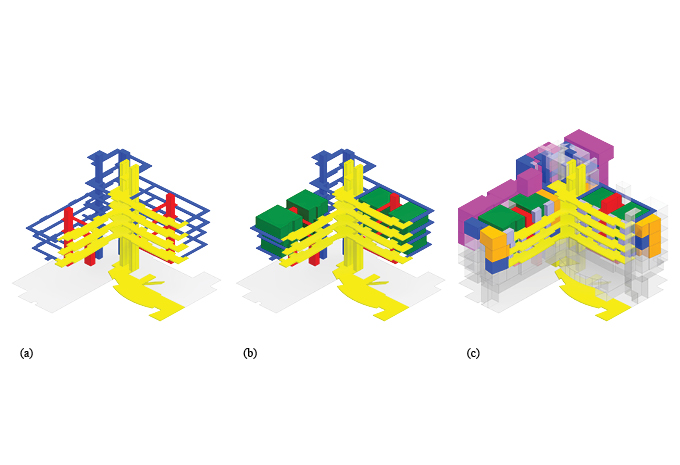
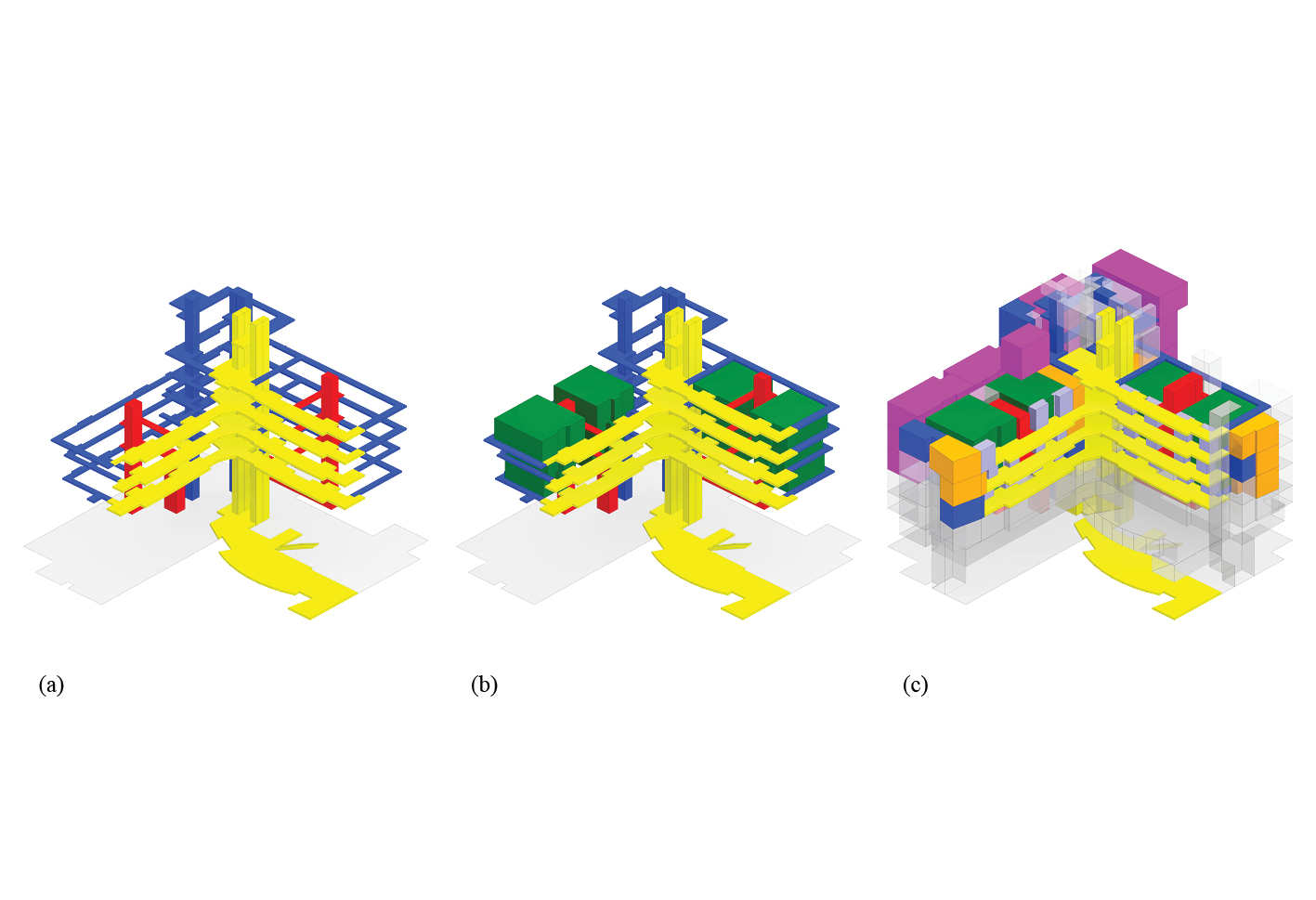
06. Three-dimensional diagrammatic models of Robert E. Coyle United States Courthouse (Fresno, CA): (a) three circulation networks; (a) three-circulation networks and courtrooms; and (c) three circulation networks, courtrooms and all other functional spaces
|
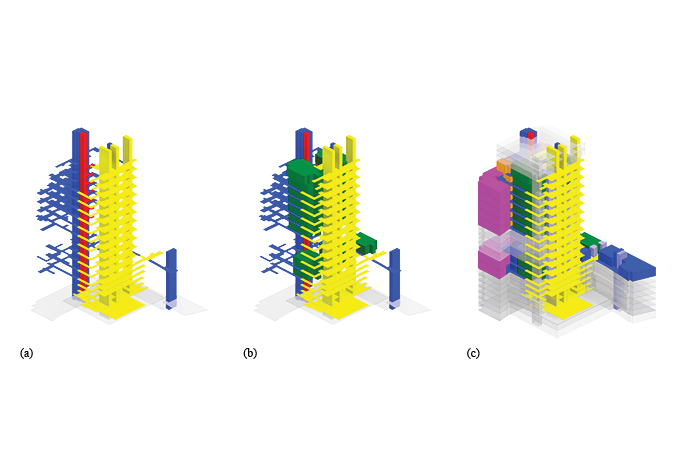
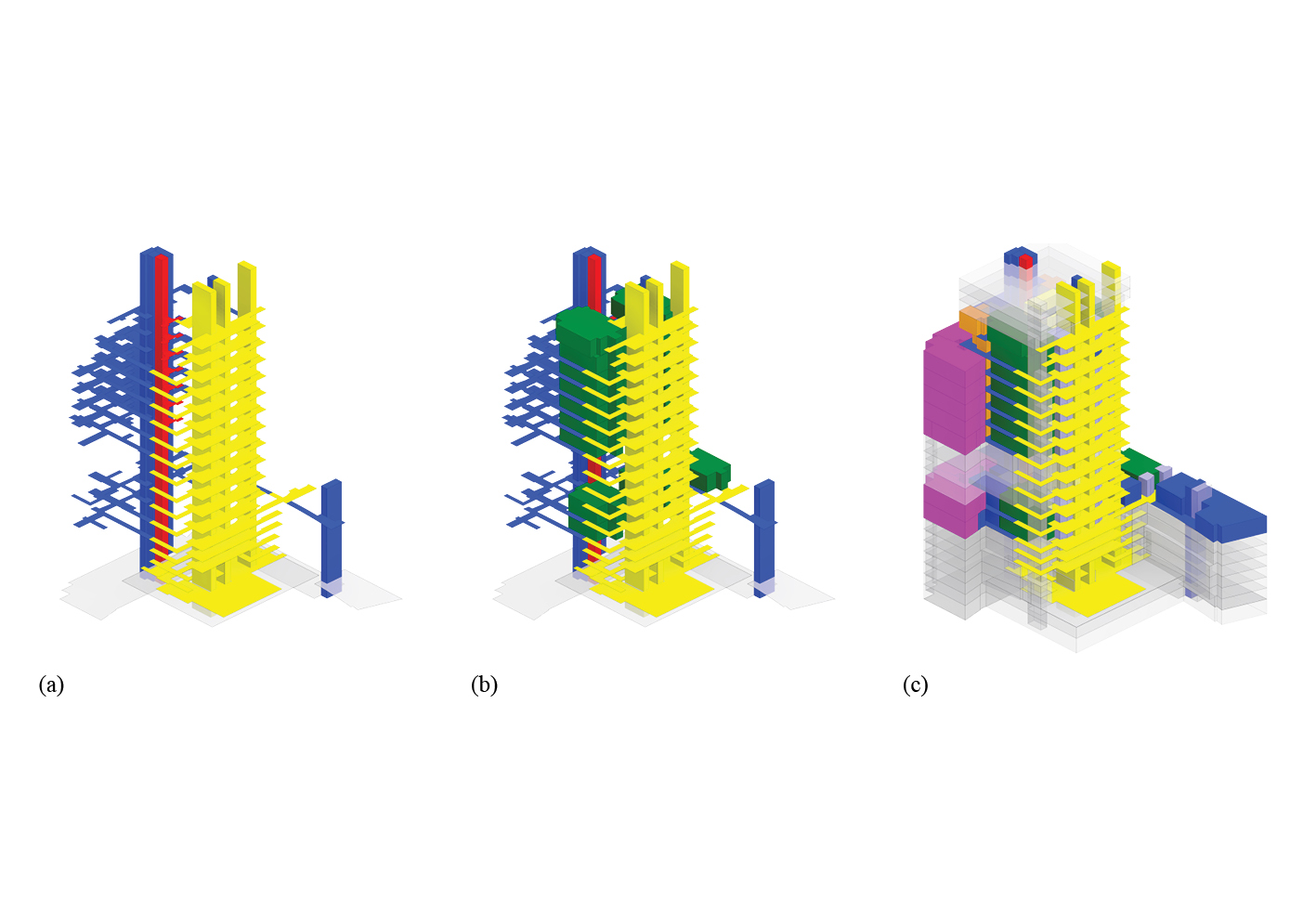
07. Three-dimensional diagrammatic models of Seattle United States Courthouse (Seattle, WA): (a) three circulation networks; (a) three-circulation networks and courtrooms; and (c) three circulation networks, courtrooms and all other functional spaces
|
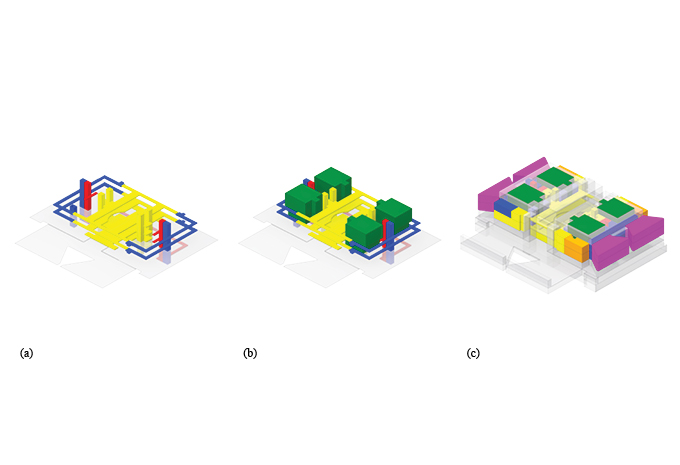
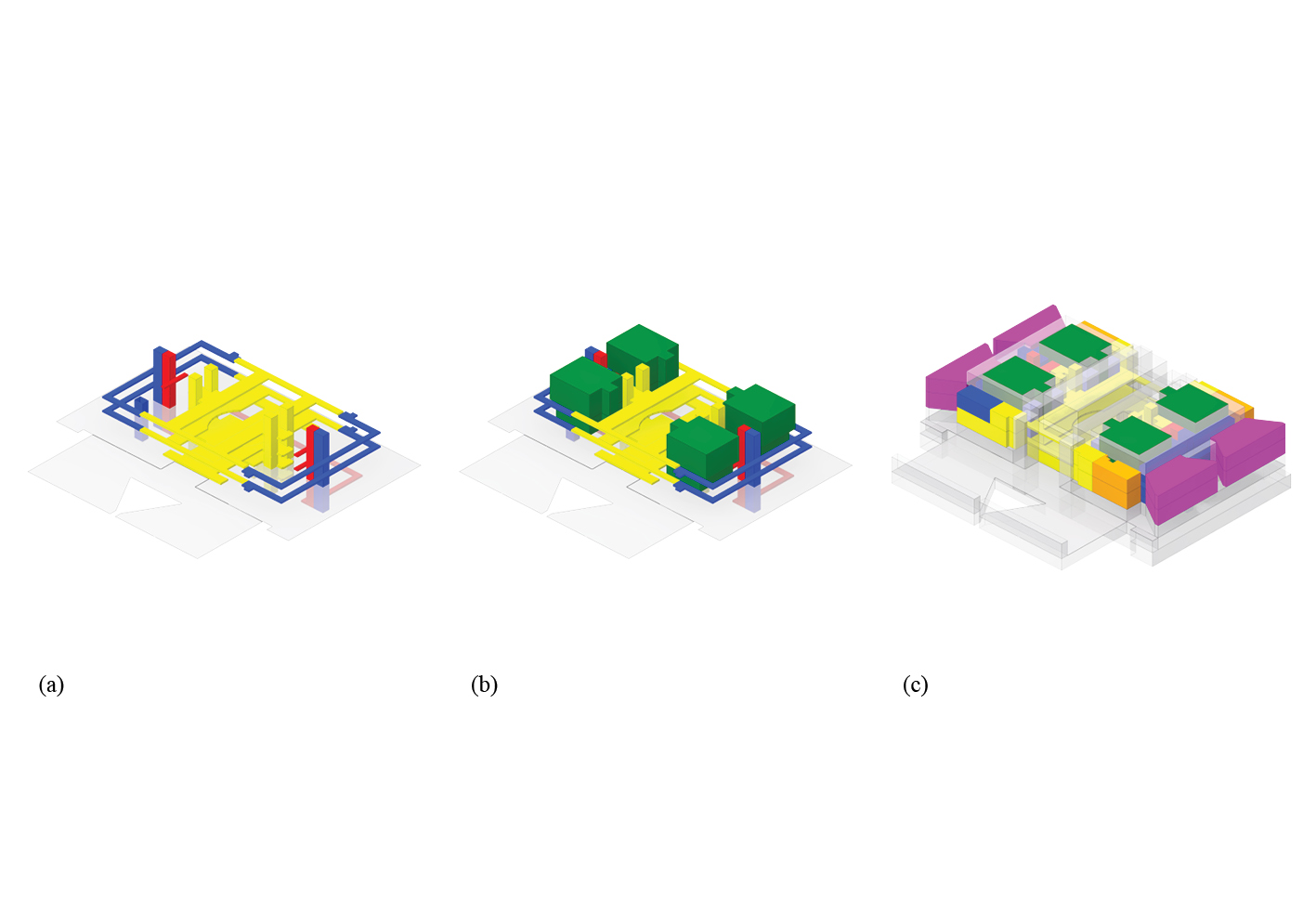
08. Three-dimensional diagrammatic models of Hammond United States Courthouse (Hammond, IN): (a) three circulation networks; (a) three-circulation networks and courtrooms; and (c) three circulation networks, courtrooms and all other functional spaces
|
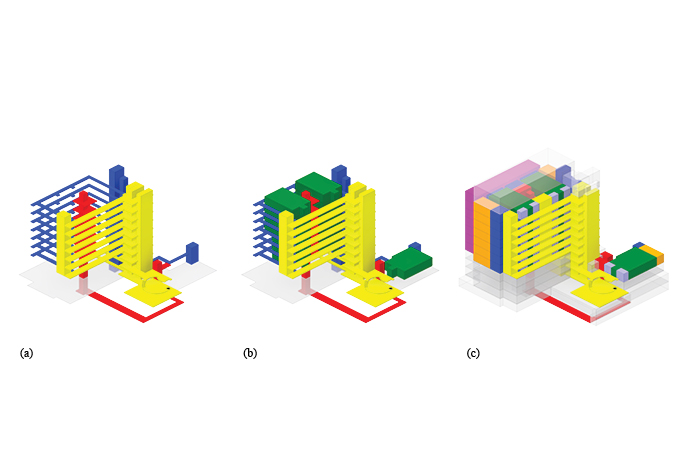
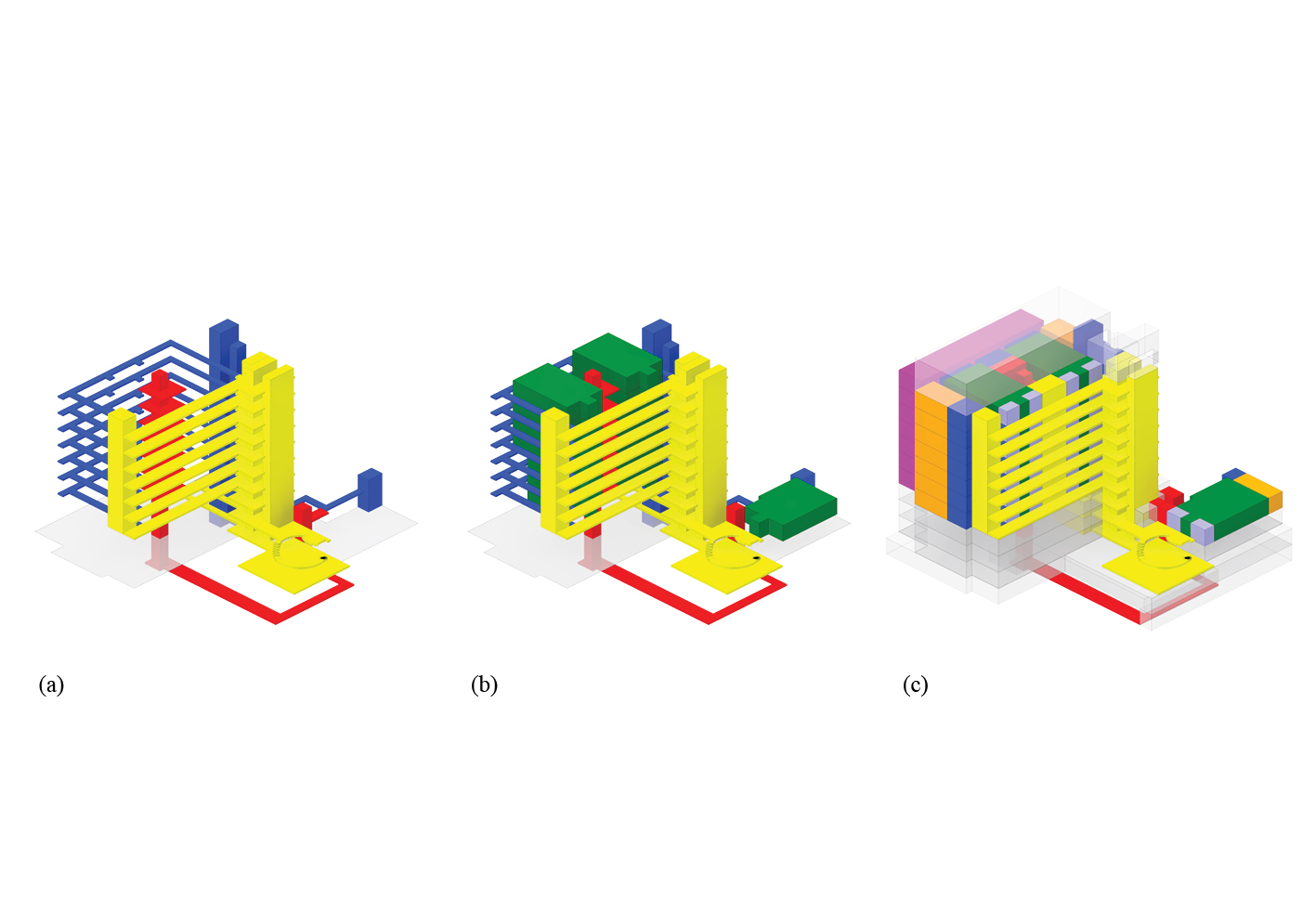
09. Three-dimensional diagrammatic models of Alfred A. Arraj United States Courthouse (Denver, CO): (a) three circulation networks; (a) three-circulation networks and courtrooms; and (c) three circulation networks, courtrooms and all other functional spaces
|
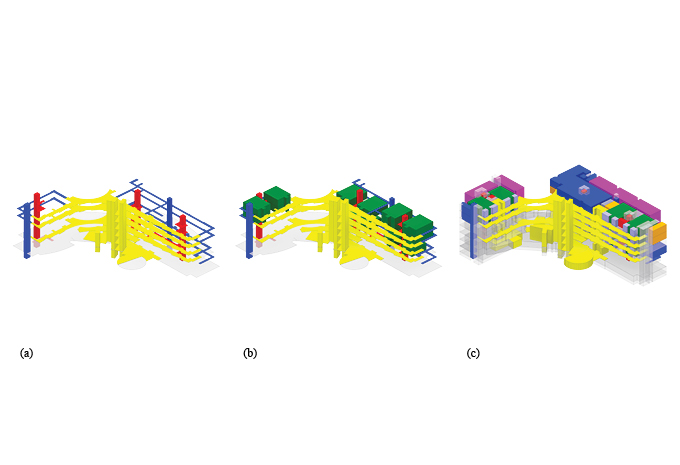
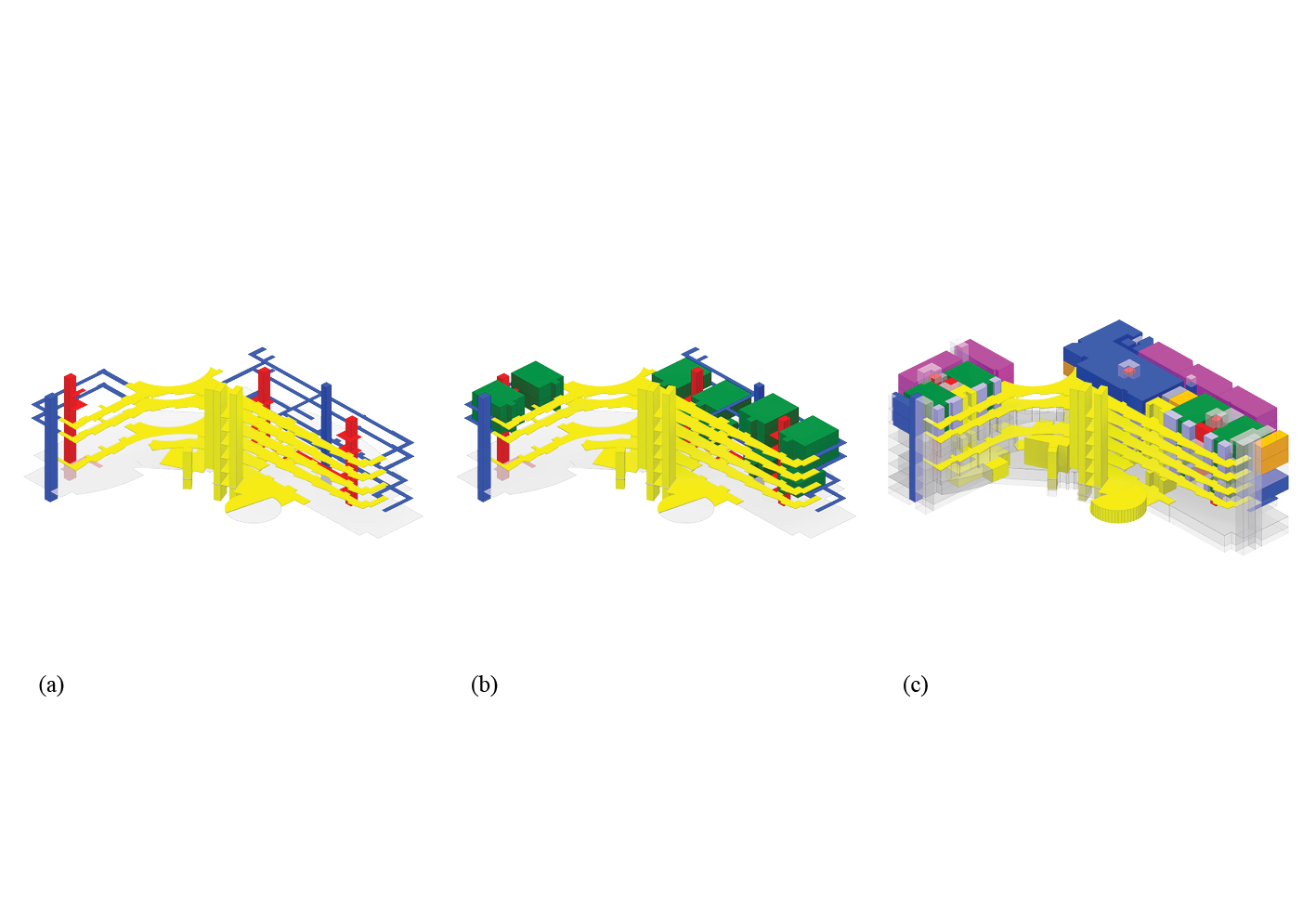
10. Three-dimensional diagrammatic models of Evo A. DeConcini United States Courthouse (Tucson, AZ): (a) three circulation networks; (a) three-circulation networks and courtrooms; and (c) three circulation networks, courtrooms and all other functional spaces
|
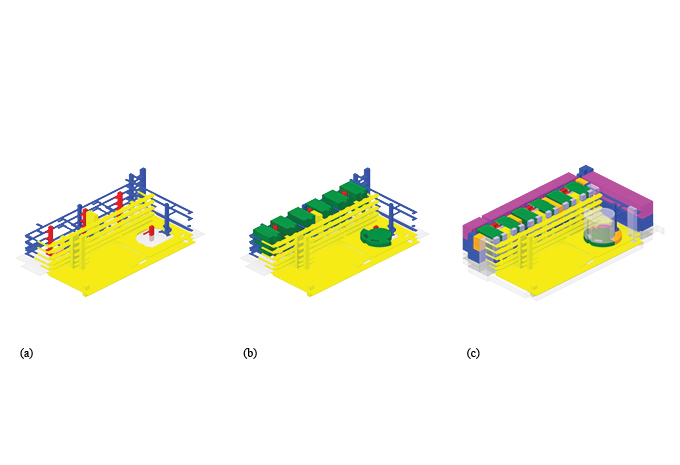
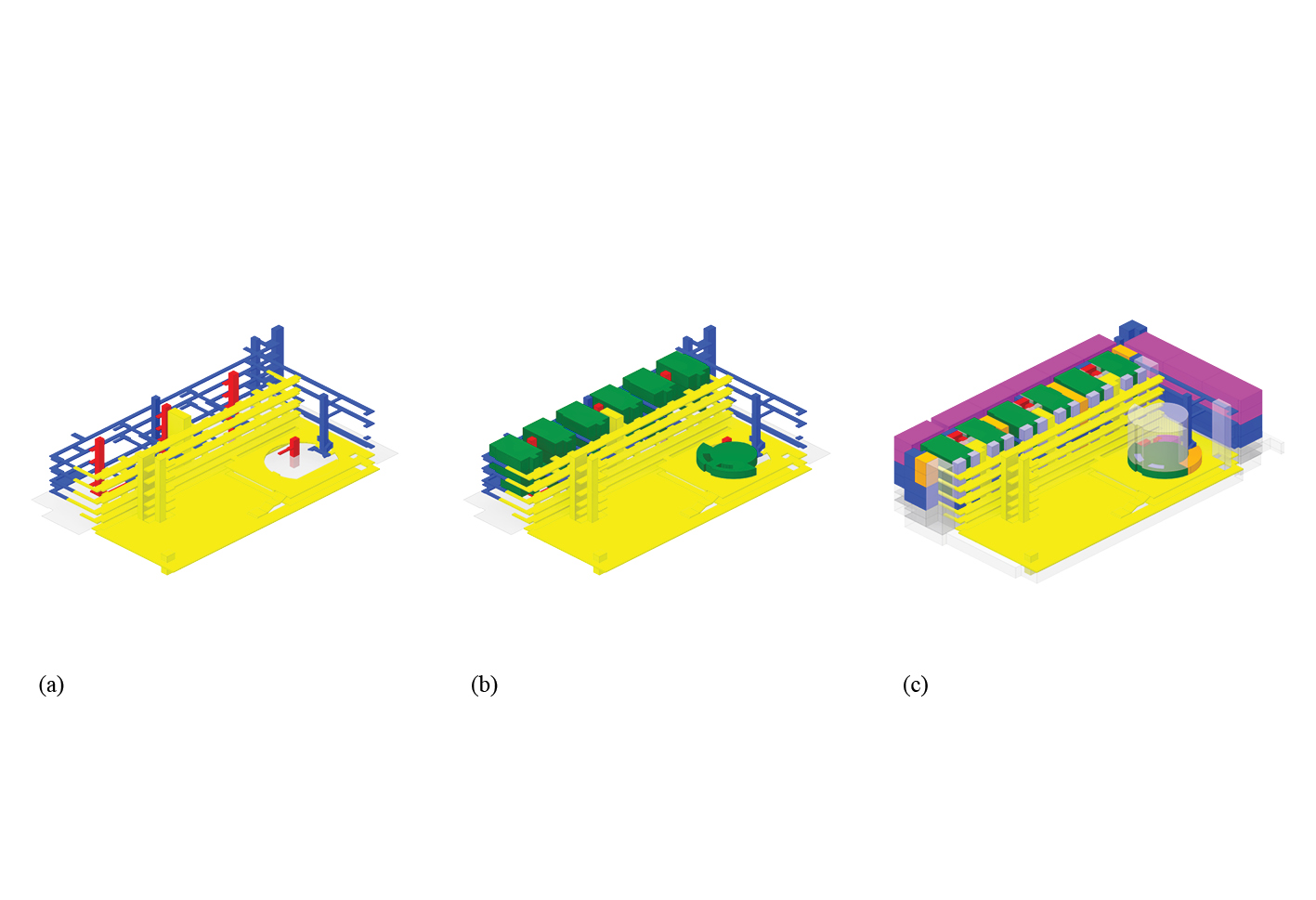
11. Three-dimensional diagrammatic models of Sandra Day O'Connor United States Courthouse (Phoenix, AZ): (a) three circulation networks; (a) three-circulation networks and courtrooms; and (c) three circulation networks, courtrooms and all other functional spaces
|
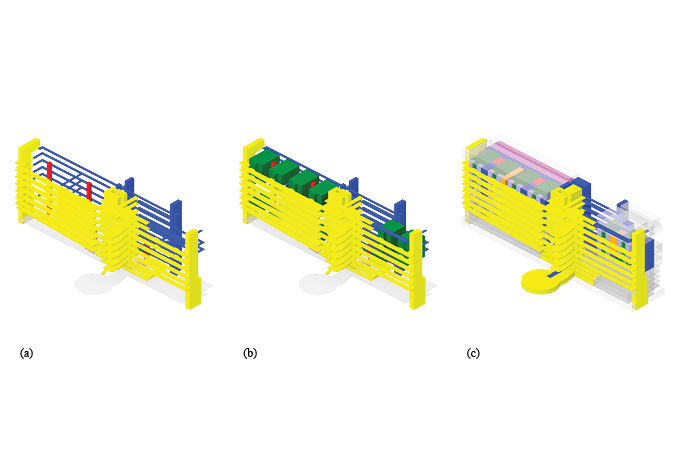
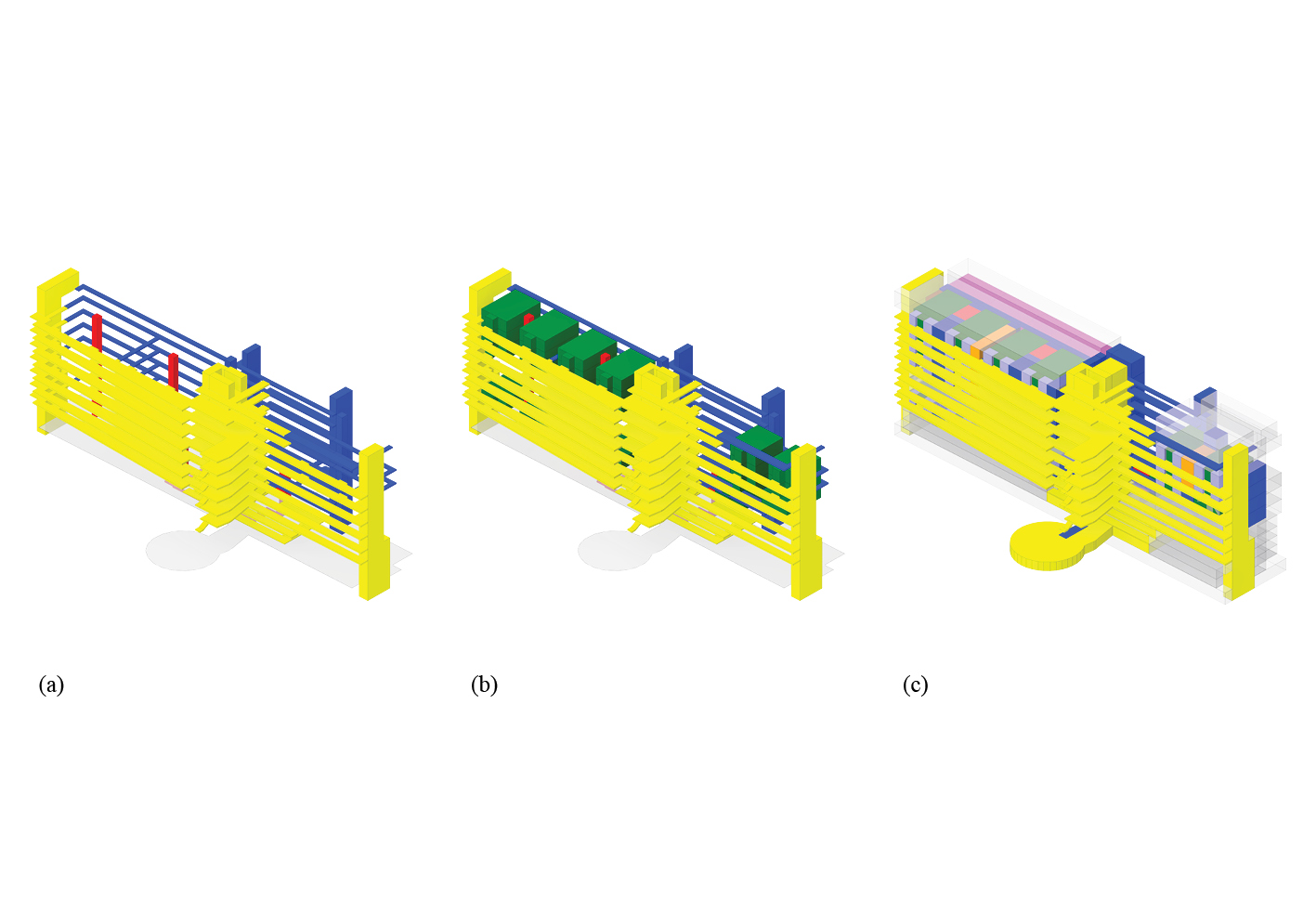
12. Three-dimensional diagrammatic models of Alfonse M. D'Amato United States Courthouse (Central Islip, NY): (a) three circulation networks; (a) three-circulation networks and courtrooms; and (c) three circulation networks, courtrooms and all other functional spaces
|
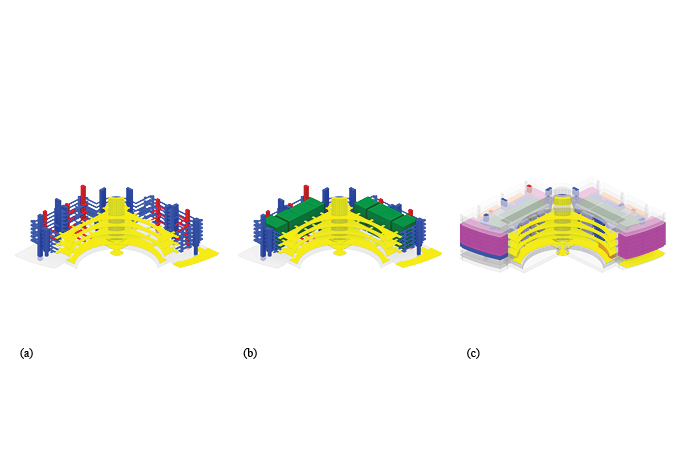
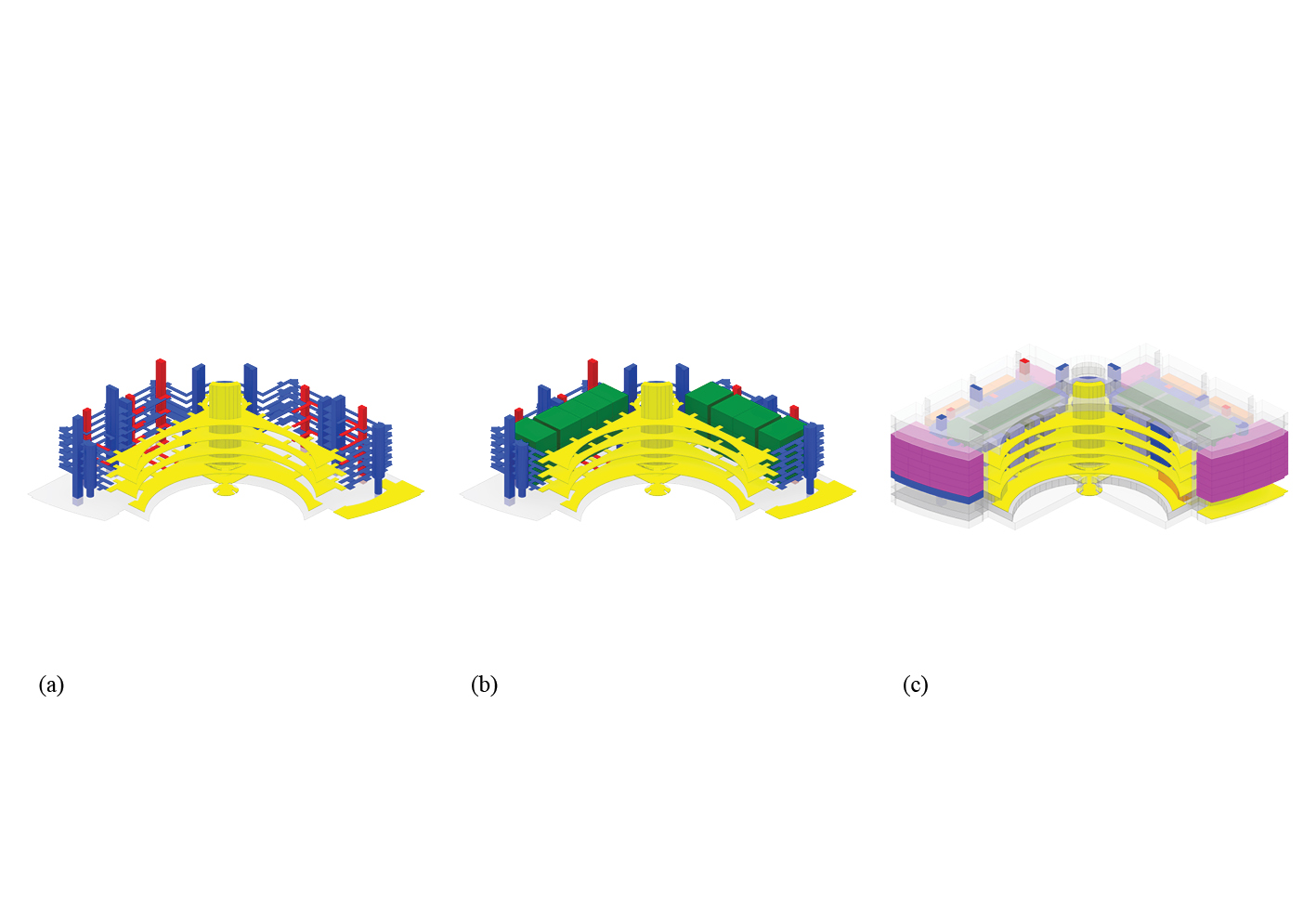
13. Three-dimensional diagrammatic models of John Joseph Moakley United States Courthouse (Boston, MA): (a) three circulation networks; (a) three-circulation networks and courtrooms; and (c) three circulation networks, courtrooms and all other functional spaces
|
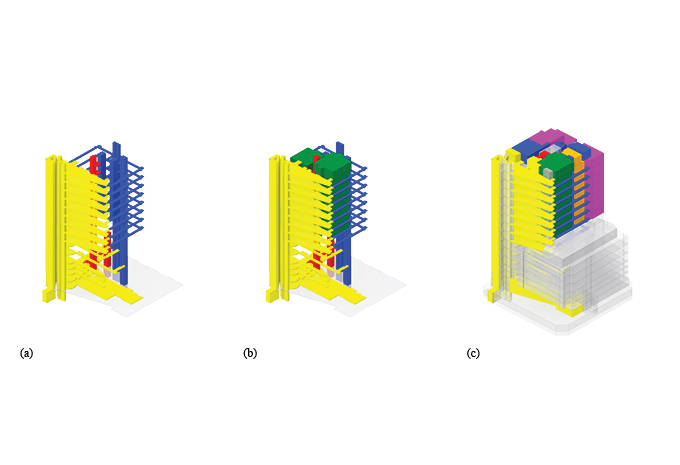
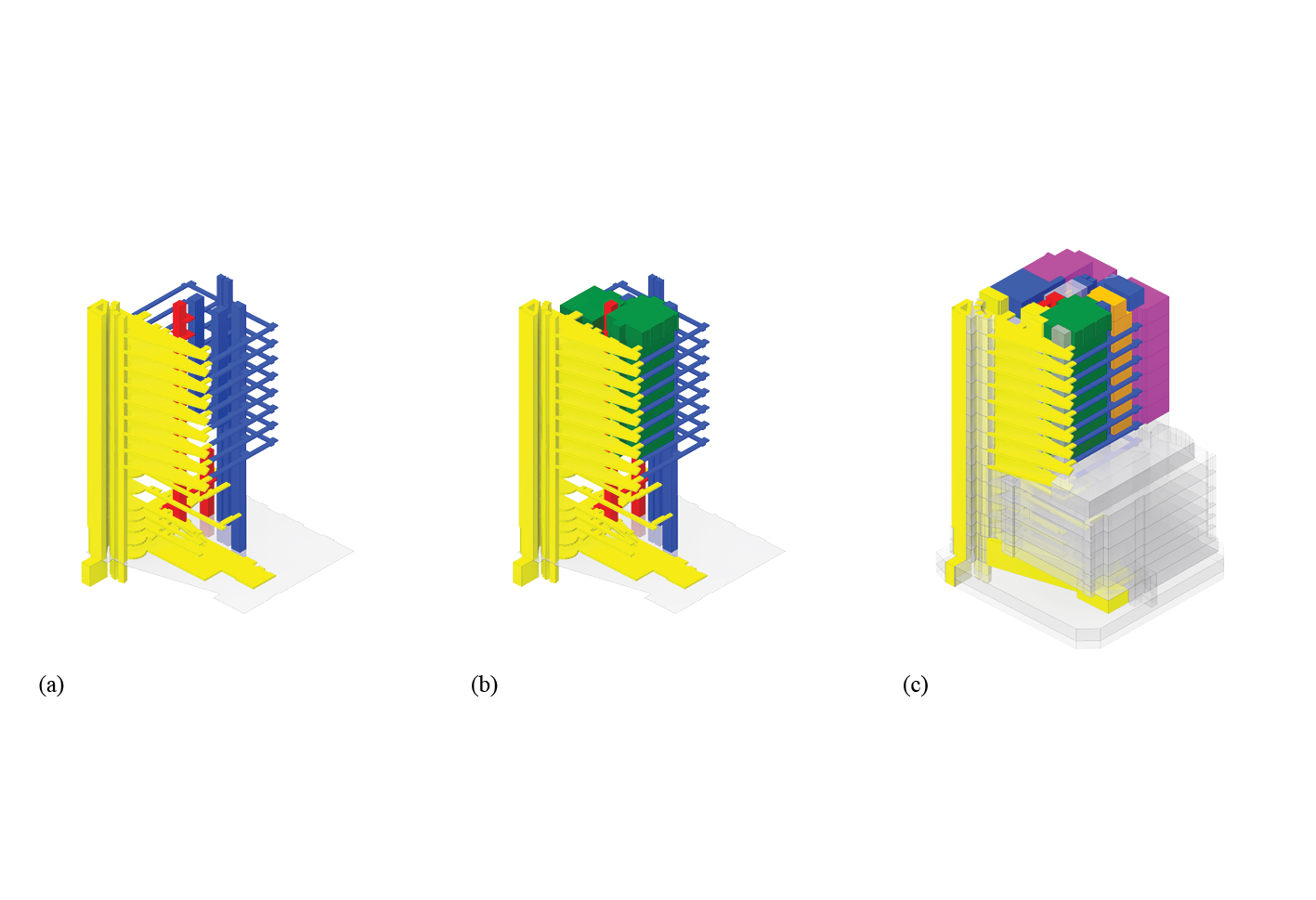
14. Three-dimensional diagrammatic models of Mark O. Hatfield United States Courthouse (Portland, OR): (a) three circulation networks; (a) three-circulation networks and courtrooms; and (c) three circulation networks, courtrooms and all other functional spaces
|
|
Contemporary U.S. courthouses pose unique design challenges. They have complex functional requirements and vary extensively in their size, volume, configuration, form, program and style. The courthouse design itself has received lots of attention in the past few years under the GSA Design Excellence Program, a program that has fostered a series of innovative designs to be built as well as a corresponding interest in the theoretical debate about the design of these buildings. For recent accounts of the functional and formal organization of these buildings see Phillips and Griebel (2003); Gruzen, Daskalakis and Krasnow (2006); Seale, (2006); Greene (2006); Leers (2006); Phillips (2006); USCDG (2007).
The tell-the-tale characteristic of federal courthouses is their division in three distinct, independent zones and networks that all meet at the courtrooms of the courthouse. These three zones are: a) the public zone intended for the circulation and accommodation of the general public, including attorneys, clients, witnesses and jurors; b) the restricted zone, intended for the circulation and accommodation of judges, court clerks, court employees and jurors; and c) the secure zone intended for the circulation and accommodation of the defendants in custody. The functional requirements of these three zones can be quite complex. For example, the public zone includes central public halls and waiting areas, as well as circulation corridors, staircases, elevators, restrooms, etc. The restricted zone includes jury facilities, judges' chambers suites, court libraries, clerks' offices, probation and pre-trial offices, court units, as well as circulation corridors, staircases, elevators, restrooms, mechanical areas, maintenance areas, storage areas, and so forth. Finally the secure zone includes holding areas and circulation corridors, staircases, elevators and so forth. All zones include and terminate into the various courtrooms that become thus, literally and figuratively, the core of the courthouse. A definitive and detailed account of the exact functions, area requirements, and accessibility relations required for the federal courthouse is given in the U.S. Courts Design Guide (2007).
Still, while the programmatic decomposition of these buildings is thoroughly documented, currently there is no consensus on the nature and spatial characteristics of the underlying configurations that can accommodate such a complex program. A first systematic attempt for the description, interpretation, and evaluation of existing federal courthouses and for the design of new ones is provided in the current study and its associated database CourtsWeb: A Visual Description of Contemporary US Courthouses (Shape Computation Lab, College of Architecture, Georgia Institute of Technology; 2008-2011; 2011-2013). The study includes a formal description of the existing courthouses that have been built under the aegis of the GSA Design Excellence Program and an associated database featuring fifty-four case studies. The database allows for an in-depth exploration for individual cases as well as cross comparisons among various courthouses of the corpus according to specific design criteria. All comparisons can also be represented in a variety of media including pictorial and numerical representations that can foreground diverse aspects of the courthouse, i.e. public spaces, courtroom spaces, jury rooms, judges' chambers, attorney rooms, networks, and so forth. These representations can be produced as outputs of queries using the Compare module of the application for any subset of the courthouses in the system and for any subset of the design criteria specified.
One of the most insightful representation of the courthouses offered in CourtsWeb III is the three-dimensional representation of the complete building form in terms of the two binary spatial systems modeled in the system: the honorific core of the buildings (the complete set of courtrooms and their associated spaces) and the quotidian system (the rest of the administrative and support spaces of the buildings). The honorific system is presented in detail, i.e. all courtrooms, public spaces, judges' chambers, jury spaces, attorney/witness spaces, restricted support spaces, secure spaces with additional volumetric detail distinguishing circulation, and programmatic spaces. The quotidian space is presented in an abstract form to provide a sense of context for meaningful comparisons between the different components of the honorific system.
The application is a Java/J2EE system that resides on an Oracle 11g database and utilizes technologies including JSP, Beans, Struts, CSS, AJAX, and Oracle WebLogic. The Oracle/JSP database has been designed entirely from scratch at the Shape Computation Lab to meet GSA standards of information technology and security requirements.
|
|
|
|